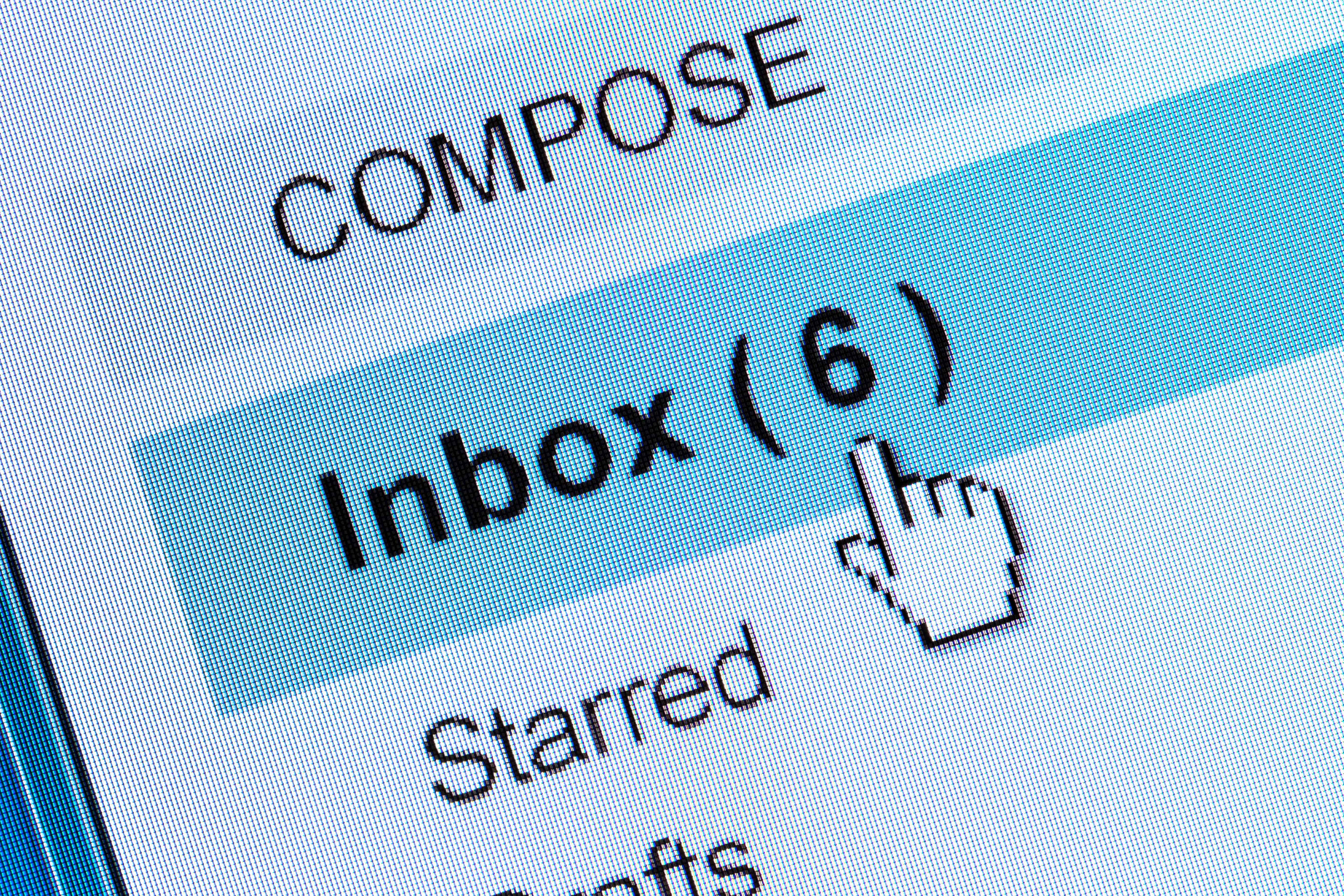
You can set up the same five folders in your Sent Mail folder. Step 2 – Set Up Five Folders In Your Sent Mail Or, if your manager sends you an email and asks for more information about a project by the end of the day, you can move it to the “To Action Now” folder, which means you can look at it as soon as you have time. Then, in a couple of days, you can check this folder and decide if you did get a response to that email or not. The “Waiting for Response” folder is for emails you get sent that you’re waiting for someone to send you more information.įor example, if your coworker Sam sends you an email saying “Here’s part 1 of the document, I’ll send you part 2 on Friday”, you can move this email into the Waiting for Response folder because you’re waiting on him to do something. It’s kind of like a High/Medium/Low priority list. There are three of them (Now, Soon, and Later), so you can see which emails need to be looked at now (or whenever you get the chance), soon, or later. The “To Action” folders store emails that require you to take some action. This is where all emails go that don’t require action. If you work on one project, name this the same as your project. The Project Name folder will depend on the way you do you work.

(Project Name) – name this folder the same as the project you’re working on.To start, create five new folders within your inbox: Step 1 – Set Up Five Folders In Your Inbox If you’re using another application, you should be able to apply the same steps. In this strategy, I assume you’re using Microsoft Outlook. There’s a bit of setup to do, but after that, you’re ready to go. There’s also a folder to store all of your other emails, which may be organised by project or by team.Įach time you receive an email, you read it, and move it to one of these folders if you need to do something with it, or move it to your project folder. Three of the folders are “To Action” folders with different priorities. It uses two sets of five folders, one in the Inbox and one in the Sent mail. Easily see which emails you have sent that you’re waiting for a response on but haven’t received one, allowing you to follow up again.See the priority of emails that ask you to do something, so you don’t lose track of them.Keep your inbox empty so you are not distracted by other emails every time you open your inbox.Why would I use this strategy? Why would I suggest that you think about using this strategy? But it’s allowed me to organise email at work, which is a big time saver. I don’t actually remember the name of the book. She said it has really helped her, so I read the book and implemented what it suggested, with a few changes. I learnt this strategy from a book that my previous project manager lent me. The email strategy I’ve been using allows me to focus on what I need to be doing, and keep track of what I get asked to do via email. Terms like “inbox zero”, “only look at an email once” and “don’t check your email too often” are thrown around a lot.
EMAIL ORGANISE HOW TO
There are already a lot of blog posts and guides out there that show you how to manage your email. “Oh, great, another way to manage my email”, you’re probably thinking. I’ll explain what my strategy is, and how it allows me to organise email at work, and show you how you can implement it as well. This was until about a year ago when I changed the way I handle my email at work.

Have you ever looked at your inbox at work and seen a massive list of emails, and not know what to do with them?


 0 kommentar(er)
0 kommentar(er)
